Bird flu: What threat to humans?
- Published

A case of bird flu has been confirmed at a farm in England. The strain - H5N8 - is the same as one that has been identified in a poultry farm in the Netherlands.
What risk, if any, does this pose to people?

Should I worry?
Experts have been quick to reassure the public that there is no cause for concern. But they are taking measures to stop these infections from spreading.
There are lots of different types of bird flu and most are harmless to people. Some can potentially spread from birds to people if there is prolonged and close contact.
The UK's Department for Environment, Food and Rural Affairs (Defra) quickly ruled out a particularly risky strain to humans, called H5N1.
Instead, the strain at the duck breeding farm in East Yorkshire has been identified as H5N8.
It is thought to be highly threatening to bird life, but not to humans.

How do birds catch it?
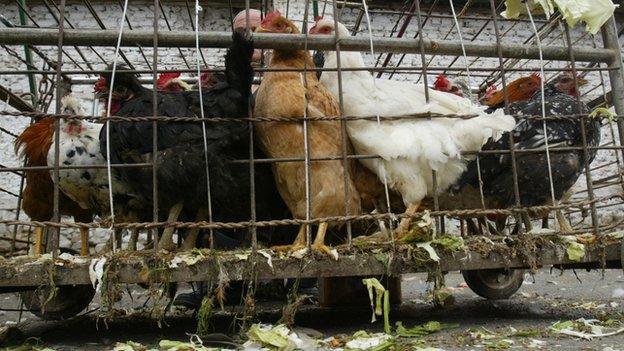
Bird flu is spread through direct contact with infected birds - dead or alive. Birds excrete the virus in their droppings, eye secretions and saliva.
Some birds will have few or no symptoms, but will spread it to others. Migratory birds can carry it to the places they visit.
Chief veterinary officer Nigel Gibbens said: "Flu does turn up globally and in Europe on a regular basis. Our last case of a highly pathogenic strain was in 2008 but we are constantly on alert."

How do people get it?
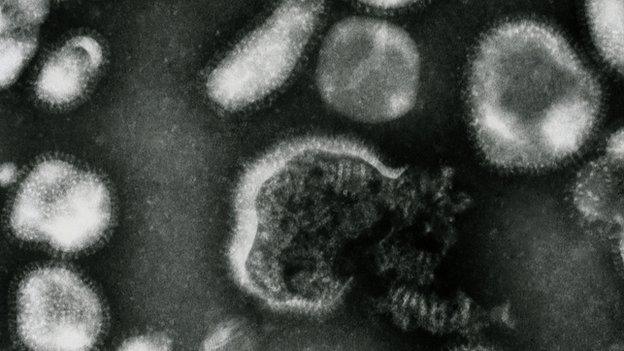
The biggest risk comes from prolonged and close contact with infected birds. This means farmers who need to muck out and handle poultry are more likely to catch it.
Bird flu cannot usually be passed from human to human.
Scientists are concerned that the virus may one day mutate and acquire the ability to spread readily in people.
The most infamous flu pandemic - the 1918 Spanish flu, which killed millions - probably came from birds.
A strain called H5N1 recently had experts particularly concerned about a global outbreak.
H5N1 killed 60% of those it infected. The UK government began stockpiling enough antiviral drugs to treat more than half of the British population in preparation for a pandemic.
Between 2003 and July 2014 there were 667 confirmed human cases of H5N1 infection in 15 countries, leading to 393 deaths.

What are the symptoms

The symptoms in humans are similar to those of other types of flu: a temperature, cough, headache, chills, aching muscles and a runny or blocked nose and sneezing. These symptoms can come on suddenly, and usually about three to five days after coming into contact with the virus.

What's the treatment?
Doctors can prescribe antiviral drugs to help prevent complications. Painkillers such as paracetamol can also help with the symptoms.
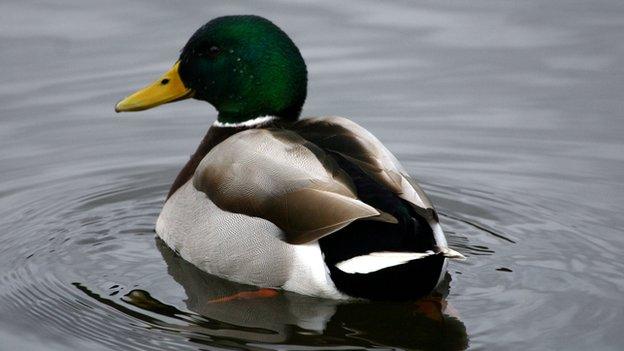

How can I avoid it?
As with any type of flu, you can reduce your risk of infection by washing your hands regularly (particularly after going to the toilet and before handling food) and using a tissue when you need to cough or sneeze (and turning away from others if they are coughing/sneezing).
You can feed wild ducks and birds, but make sure you wash your hands thoroughly afterwards. Do not go near sick or dead birds.

Can I still eat chicken?
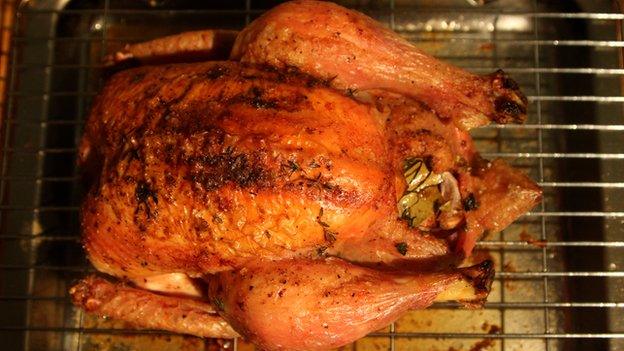
The virus is easily destroyed by cooking so there is no reason to worry. Poultry and eggs can be safely eaten as long as they are handled hygienically and cooked thoroughly.
- Published17 November 2014
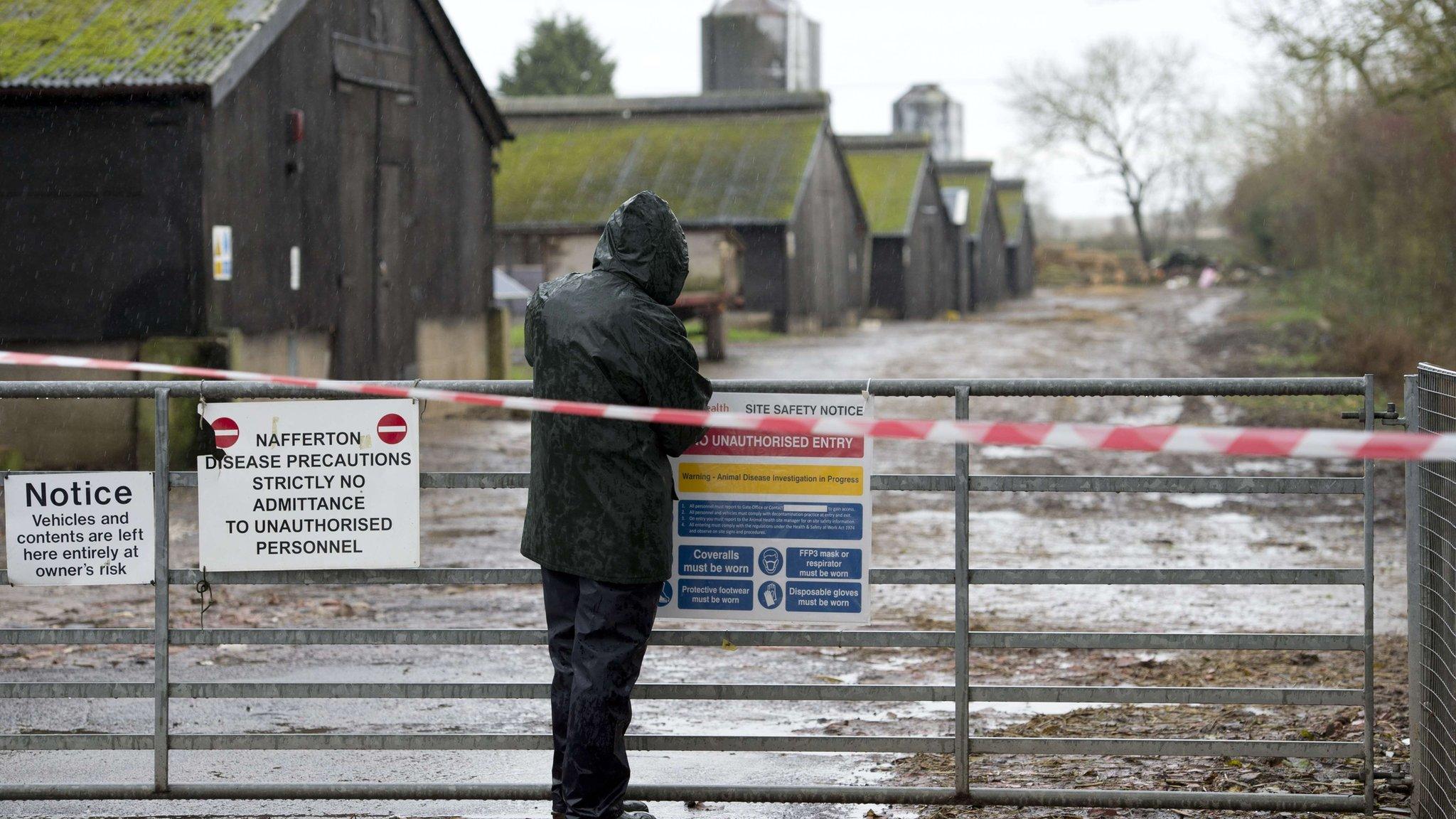
- Published17 November 2014
